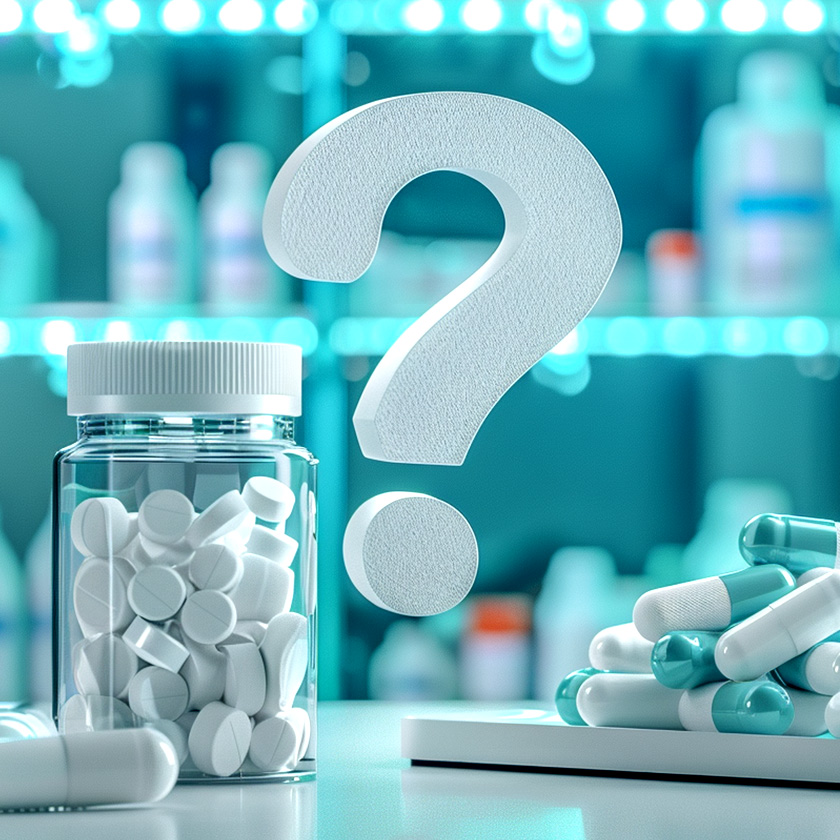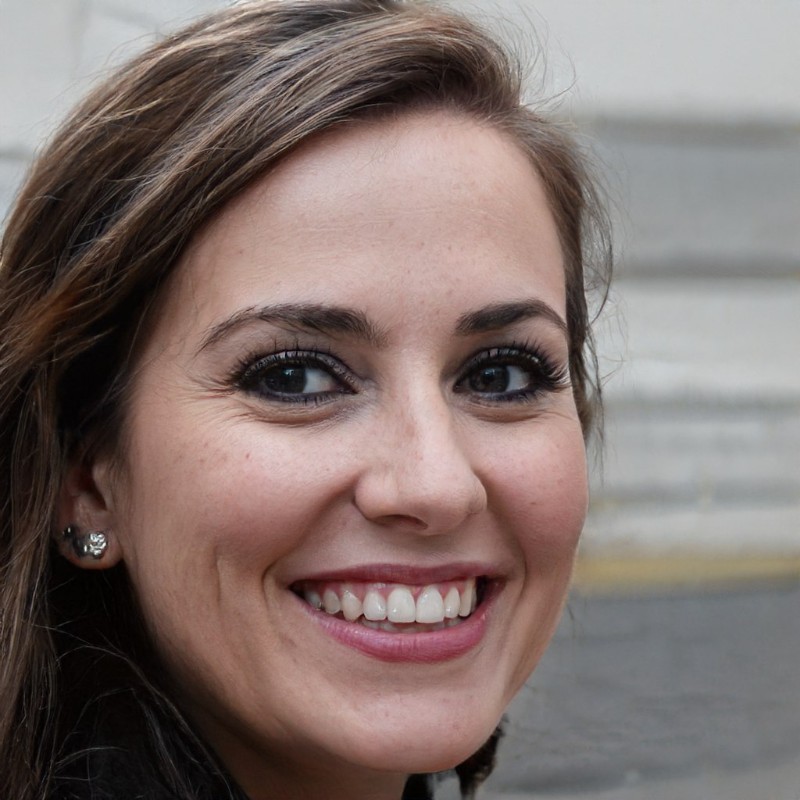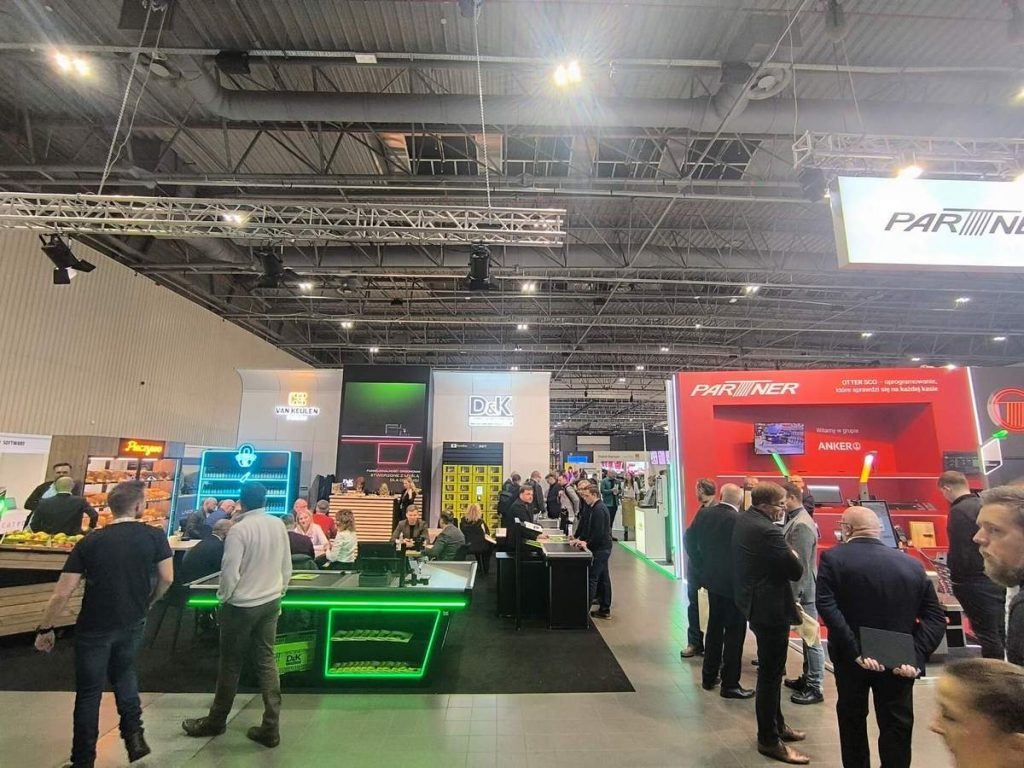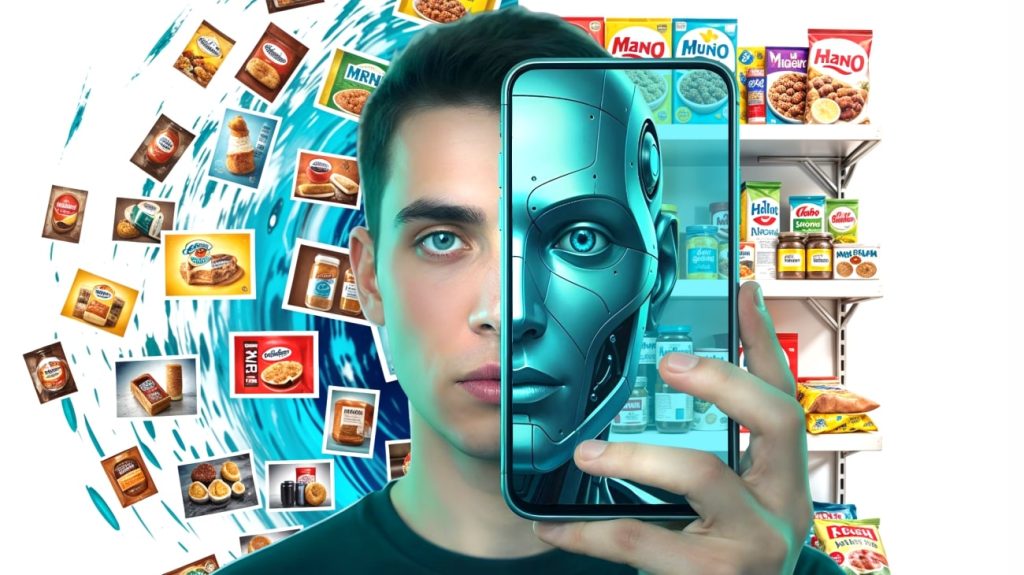In pharmaceuticals, accuracy and efficiency are critical factors for successful operations. Therefore, pharmaceutical companies are increasingly showing interest in automating business processes, including merchandising processes. Being under constant pressure from competitors, pharmaceutical companies are extensively introducing technologies such as computer vision. This helps improve the quality and speed of processes, while reducing human errors.
This article will tell you how a pharmaceutical company from Kazakhstan now conducts audits of retail outlets and monitors the availability of products on shelves.
Table of Сontents
Business challenge: facilitate monitoring of drug availability in a geographically distributed pharmacy chain

The client produces more than 240 drugs in 12 therapeutic categories and sells its products in 8,800 pharmacies located in Kazakhstan, Uzbekistan and Kyrgyzstan. It is important for the company to verify compliance with planograms and to understand which pharmacies comply with the conditions for brand exposure and which do not.
The customer had several challenges: long checks of the layout for compliance with the planogram, lack of reporting in the required detail, and an inconvenient process for creating planograms. Let’s take a closer look at each of them.

Previously, medical representatives of the customer came to each pharmacy, laid out goods according to the planogram, made photos of the shelves and sent them to managers. The managers, in turn, manually checked whether the goods were displayed correctly and whether all brands were represented on the shelf. The process is time-consuming and errors occur, for example, due to fatigue or inattention of people.
In addition, the customer had no detailed reporting with the necessary indicators, so the customer also needed a BI system, where managers could receive data in near-real time on compliance with planograms with breakdown by country/city, brand, employee; the availability of mandatory items on the shelf (must stock list), and missing products (out-of-stock). Collect analytics on employee performance from various perspectives.
The customer used Microsoft Excel and Microsoft PowerPoint to create planograms. These programs are simple and understandable to every user, but are not intended for generating voluminous documents with pictures. As a result, the process of creating planograms took a lot of time, and keeping them up to date was labor-intensive. Moreover, it was inconvenient for medical representatives to use planograms in the pharmacy, since the documents were not intuitive, and it was not possible to quickly compare the layout against the planogram.

In light of the above, the customer decided to streamline display monitoring and automate this process. In addition to goods, it is also necessary to monitor the correct placement of POS materials: shelf talkers and toppers.
For automation to be effective, recognition accuracy must be above 90%, and the visit time should not exceed five minutes.
Goods Checker — an application for merchandisers and analytics for managers

To address the customer’s business challenges, we proposed Goods Checker — a solution for automating merchandising processes using computer vision.
For the pilot project, 1,500 retail outlets and 46 SKUs were chosen: 22 from the customer’s range of products, and 24 from its competitors.
Goods Checker consists of three components: a back-end, a mobile application for medical representatives and a web application for managers.

Mobile application for medical representatives
The customer’s employees used the Goods Checker mobile application running on the iOS platform.
Now the process of displaying goods in a pharmacy is as follows. The medical representative arranges the goods according to the planogram, and then takes several photos of the shelf, which Goods Checker combines into a planogram. This means that KPI calculations are based on all photos taken. The application processes the photos and shows the result: which items are in places, which SKUs are sufficient and which are missing. Gaps without products on the shelf are also identified. The customer’s employee can submit a comment, for example, why the layout cannot be corrected.
During the audit process, it is important that medical representatives do not send the same previous photos. Therefore, Goods Checker cannot upload pictures from the device’s gallery, and it is also impossible to upload pictures of the same shelf.
Goods Checker saves the history of visits with photos and results (realogram, MSL, availability on shelves), so the manager can always objectively evaluate the performance of medical representative.
In addition, the solution is able to run offline or with unstable Internet. Photo processing results will appear when your smartphone or tablet is connected to the Internet. This helps the customer’s employees to do their job in any pharmacy comfortably.

Web application for managers
The web application is designed for managers; it provides detailed analytics. The results of each visit are displayed in the BI system a maximum of one hour after the medical representative has completed the visit.
With Goods Checker, the customer automatically receives the following indicators:
- planogram compliance rate, MSL, availability on shelves by category of pharmacies (chains or individual),
- arrangement of POSM materials and compliance with merchandising standards;
- calculation of planogram compliance with breakdown by medical representatives, clients, chains, brands.
Goods Checker generates detailed interactive reports — in one click, the manager can view data ranging from top-level information to a realogram by SKU.
In addition to analytics, Goods Checker offers the Plano Creator tool for creating planograms and MSLs. This is a constructor where a manager can quickly create or update a planogram using drag-and-drop method.
During the pilot project, we encountered two difficulties. Firstly, the customer tailored the process of visiting the pharmacy to its needs, so it differs from the standard one. Before starting the project, we modified the iOS version of the application so that the application could address the customer’s challenges.
Secondly, there is a five hour time difference. But despite the discrepancy in working hours, both Goods Checker team and the customer’s team were able to resolve issues and the pilot project was successful.
What is required from the customer to start using Goods Checker
To start a project, the customer needs renderings and/or photos of SKUs and POS materials. They are needed to train neural networks. Previously, we described in detail how computer vision is being implemented in a company.
The customer provided the following information:
- renderings of SKUs/POSM,
- photos of layouts for training neural networks,
- planogram and MSL templates,
- number and location of retail outlets.
Results: Less time visiting the pharmacy and detailed reporting

The pilot project lasted for one month. Goods Checker demonstrated the expected results: recognition accuracy was consistently above 90%, and visit time was up to five minutes.
The customer has already seen that medical representatives spend less time visiting the pharmacy, and managers promptly receive reports. All this resulted in the customer deciding to use the application on an ongoing basis.
Transition to commercial operation
The transition to commercial operation in Kazakhstan was as follows:
- We further trained Goods Checker to recognize all the customer’s SKUs sold in Kazakhstan, the SKUs of the necessary competitors, and the customer’s POS materials. 143 units in total.
- All users were added. Now the application is operated by more than 100 people.
- All retail outlets were added: more than 8800 units.
- Users were trained.
During commercial operation, we added new SKUs to the system, updated the SKU design, information about retail facilities and users, and modified planograms and MSL.
In addition, we improved the BI system: new reports and information breakdowns were added for detailed analytics on the presentation of goods on the shelves.
We also trained the system for all SKUs in Uzbekistan: we added users and retail outlets. Users were trained to use the system.
We are now preparing Goods Checker for launch in Kyrgyzstan.
With Goods Checker, client’s managers get detailed analytics on the situation with goods on the shelf. Now they promptly analyze KPIs for product representation and employee performance, and also make objective management decisions based on reliable data.




